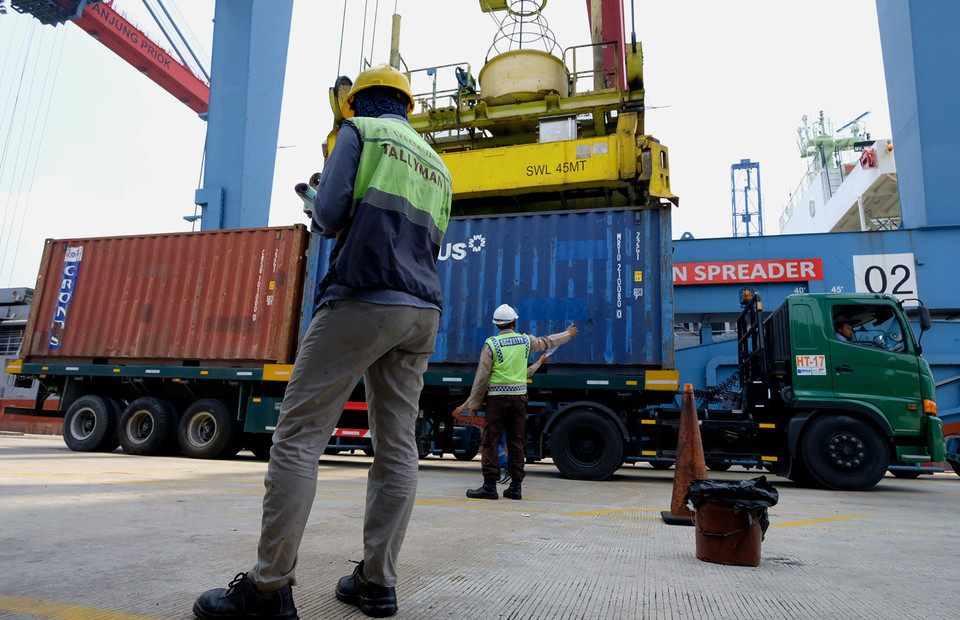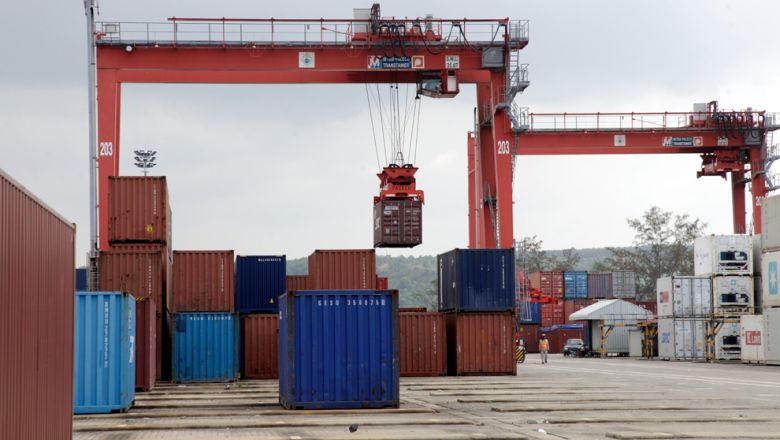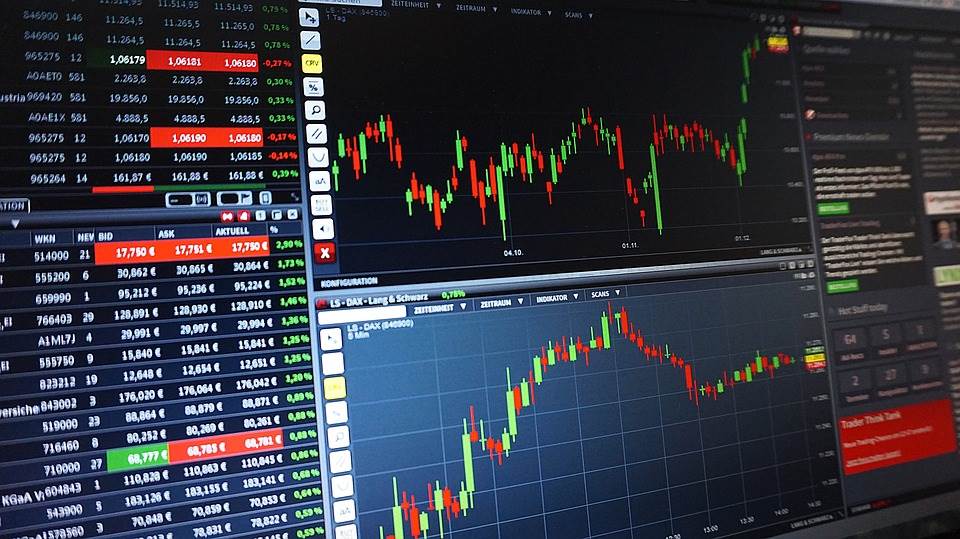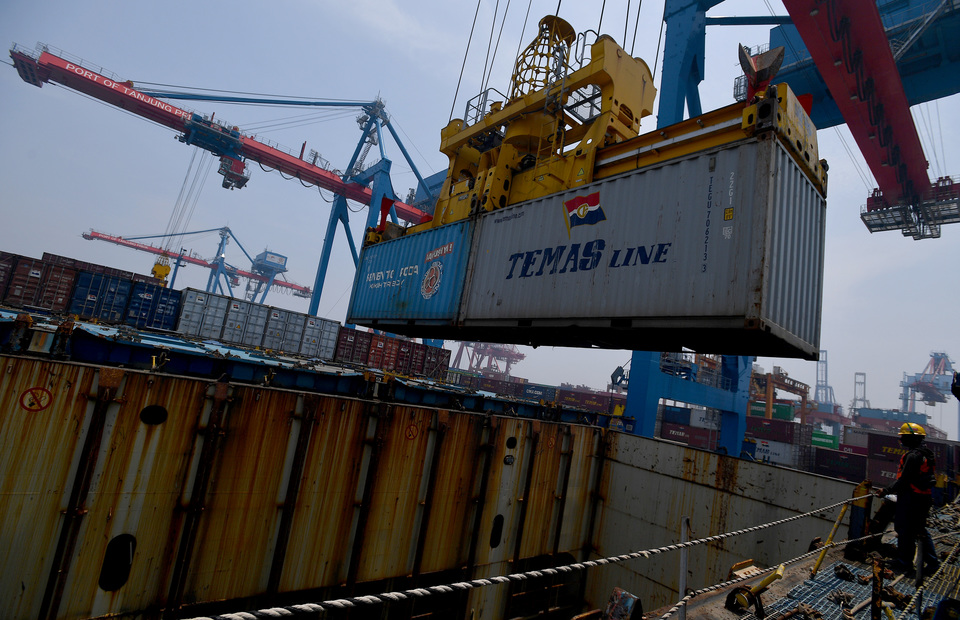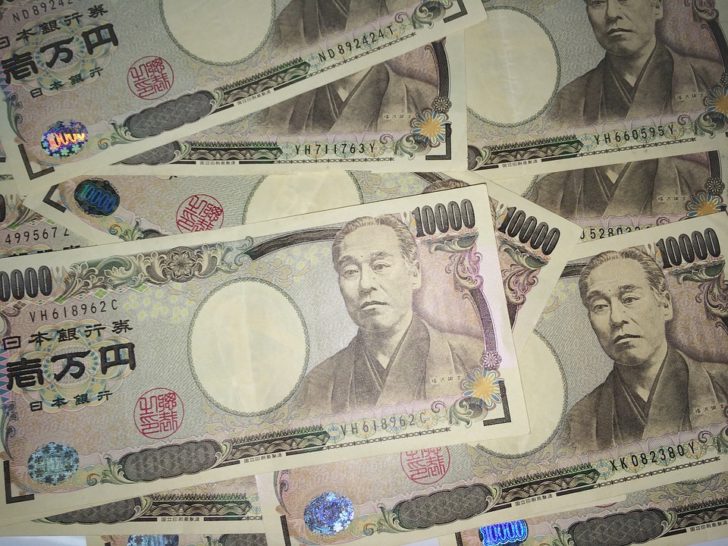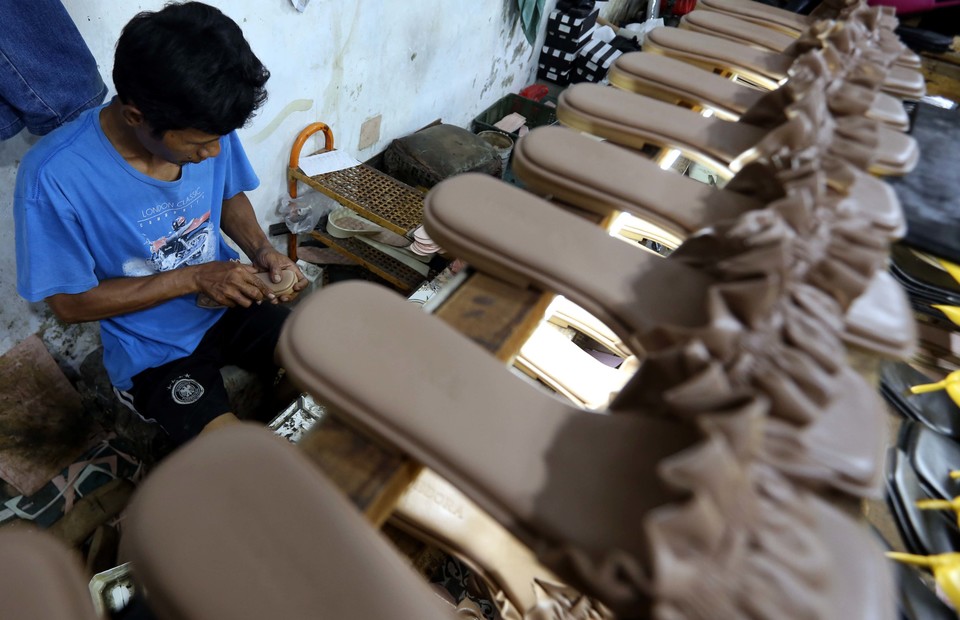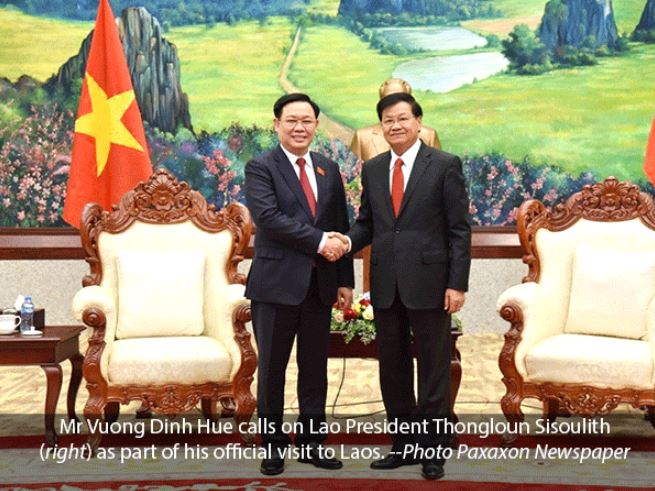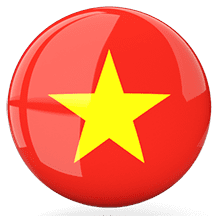The domestic franchising sector sees growth accelerating this year with the influx of new breed of franchisees and the issuance of Executive Order 169 that seeks to protect micro small and medium enterprises (MSMEs) and promote entrepreneurship.
“As the economy opens up and more people return to invest in new opportunities, we see accelerated growth in franchising,” said Chris Lim, president of the Philippine Franchising Association (PFA).
The projected growth acceleration, he said, is driven by the realization of people of the need to diversify their income sources and a trend of people wanting to be their own boss and not have to go to an 8 to 5 job.
“We’ve also seen new breeds of franchisees coming in – from landlords who want to do more than just rent out their properties, to retrenched employees and business owners wanting to start over but not wanting to take on too much risk. They know franchising is a safer investment choice that’s why it has a 90 percent-plus success rate,” he said.
In addition, Lim said the issuance of EO 169 “Strengthening the Franchising Industry for the Protection of Micro, Small and Medium Enterprises” by President Rodrigo Duterte will further promote entrepreneurship.
“We, in PFA, have been ceaseless in our efforts to educate the public on wise franchise investment,” said PFA Chairman Sherill Quintana.
“Transparency in a franchisor’s business dealings is also a major feature of the Fair Franchising Standards (FFS), which is PFA’s code of ethics,” Lim added. The FFS serves as a guide to all PFA members – 70 percent of which are MSMEs – in how they conduct the sale of their business.
The essence of the EO is to protect franchisees and eliminate franchise scams,” said Quintana. The PFA, she said, will participate in the crafting of the EO’s IRR. “It will be critical to create practical IRR to ensure that it does not stifle the growth and innovation of the sector as was the experience of other countries that over-regulated their franchising sectors,” she said.
Both officials vowed to continue working with the national government as the implementing rules and regulation of the EO is being developed in order to continue advocating for the interests of MSMEs and ensure the growth of the franchise sector, which provides businesses opportunities and jobs for over two million Filipinos.
For her part, Philippine Chamber of Commerce and Industry Chairman Bing Limjoco said the EO will definitely strengthen franchising in the country. “MSMEs are now protected under the law against unscrupulous fly-by-night franchisors who took advantage of the franchising’s popularity for their self-gain,” said Limjoco, who is also vice-chairman of Francorp Philippines.
PFA also expressed gratitude to Secretary Ramon Lopez, Undersecretary Ruth Castillo and Assistant Secretary Ann Claire Cabochan for inviting PFA to be part of the process which drafted the said EO.
Under the EO, the DTI was tasked to create an MSME Registry of Franchise Agreements.
Source: Manila Bulletin

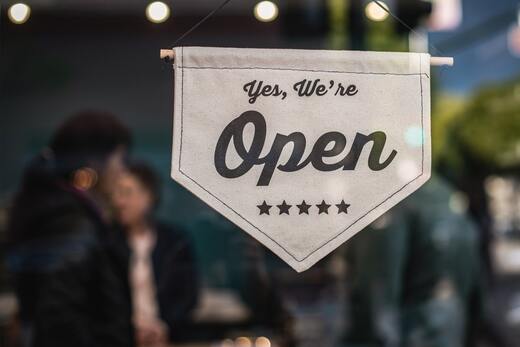

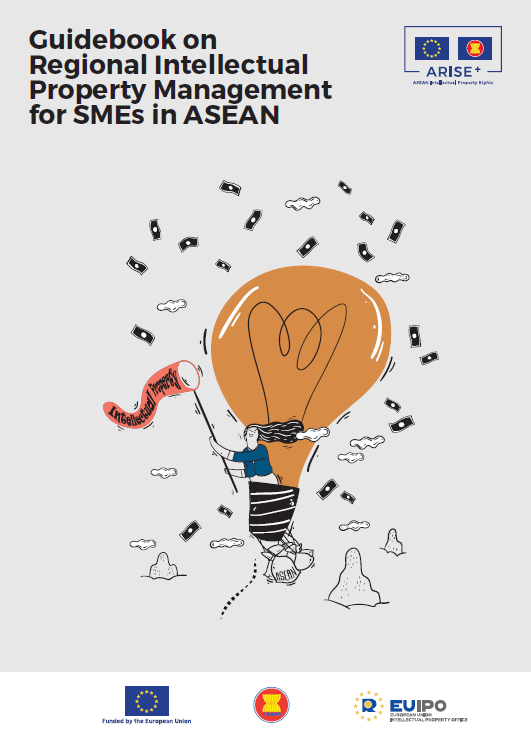
_d_850.jpg)
